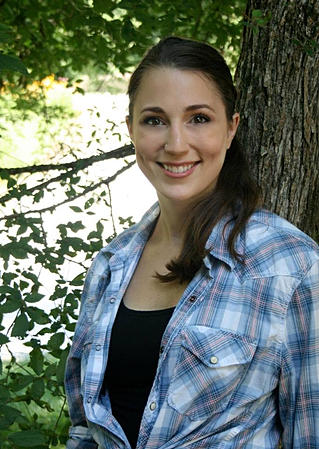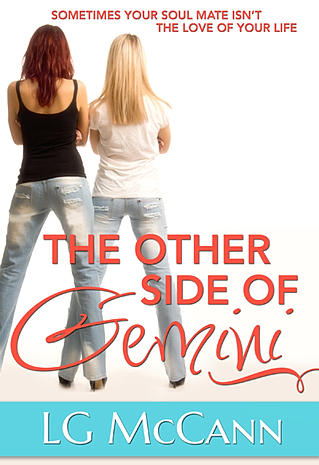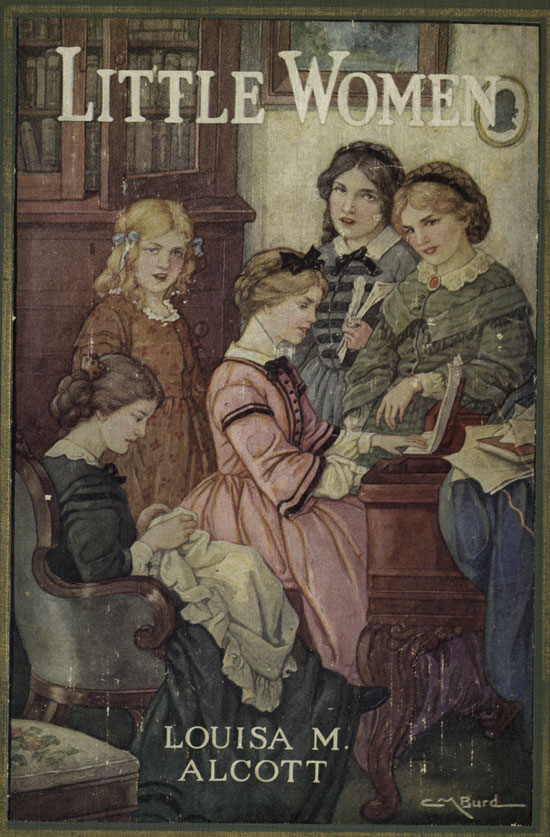Happy September, everyone! This month is an exciting one. First because I am having spine surgery
to address a problem that has been torturing me for months and months (Yay! But scary!), second because autumn begins (my fave season), and
third because my dear friend
LG McCann just kicks off her blog tour today! Woop!
 |
| LG McCann |
You may recall my
posting a little happy dance back in July when
The Other Side of Gemini, her debut women's fiction novel, hit the virtual shelves, and now here is another one...
*happy dance wiggle wiggle happy dance*
And here's a little sneak peek at today's review from Chick Lit Plus... "What LG McCann gives us [...] is a compelling, emotional, and honestly a bit of a dark story about friendship and life in general. [...] I was won over!"
Below are her upcoming blog tour stops, so mark your calendars. Her guest posts and Q&As are fantastic (one of which I've gotten a sneak peek of!) so you definitely don't want to miss those! Aaaaand she will be wrapping up her tour here with us, at RBtL with an interview
and an excerpt on September 24!
September 3 - Review at Chick Lit Plus
September 4 - Guest Post at Doorflower
September 8 - Review and Q&A at Ai Love Books
September 9 - Guest Post at Chick Lit Club Connect
September 13 - Review and excerpt at Reading in Black and White
September 17 - Excerpt at Ski-Wee's Book Corner
September 18 - Review at The Phantom Paragrapher
September 19 - Review and Excerpt as The Word as I See It
September 22 - Review, Guest Post, and excerpt at Jersey Girl Book Reviews
September 24 - Q&A and excerpt right here at Reading Between the Lines
For those of you who haven't read my earlier post and don't know what I am even talking about, here is more about
Gemini, which
USA Today bestselling author
Lyla Payne called "a surprise in all the best ways!"
 Sylvia Miloche is a successful book editor by day, D-list party girl by night, and has been dating New York City’s favorite playboy James Ryan for five years. But things are far from perfect. When the New York Post catches James with an intern, Sylvia’s already precarious life comes crashing down.
Sylvia Miloche is a successful book editor by day, D-list party girl by night, and has been dating New York City’s favorite playboy James Ryan for five years. But things are far from perfect. When the New York Post catches James with an intern, Sylvia’s already precarious life comes crashing down.
Lindsay Sekulich is a high school science teacher, wife, and mother of three in the suburbs of Phoenix, Arizona. Her high school reunion is quickly approaching and that means the secrets of her bad-girl past, all of which she’s kept hidden from her husband, could come spilling out, revealing who she once was and the horrible things she’s done.
When Sylvia emerges in Scottsdale, seeking refuge in her hometown from the relentless gossip blogs, Lindsay finds herself alternately elated and terrified. The two were inseparable as teens, but a tragedy just before their senior year tore them apart. Sylvia, once a carefree, joyful girl always up for adventure, is a beaten down and broken adult. Now Lindsay must make a choice: rescue the friend who saved her in high school, or keep it all hidden to save her marriage from almost certain destruction.
Anything goes–and everything does–in this story of New York gossip and suburban oppression, a tale of sex, secrets, rebellion, and how your true soul mate isn’t necessarily the love of your life.
Have an awesome tour, LG!











